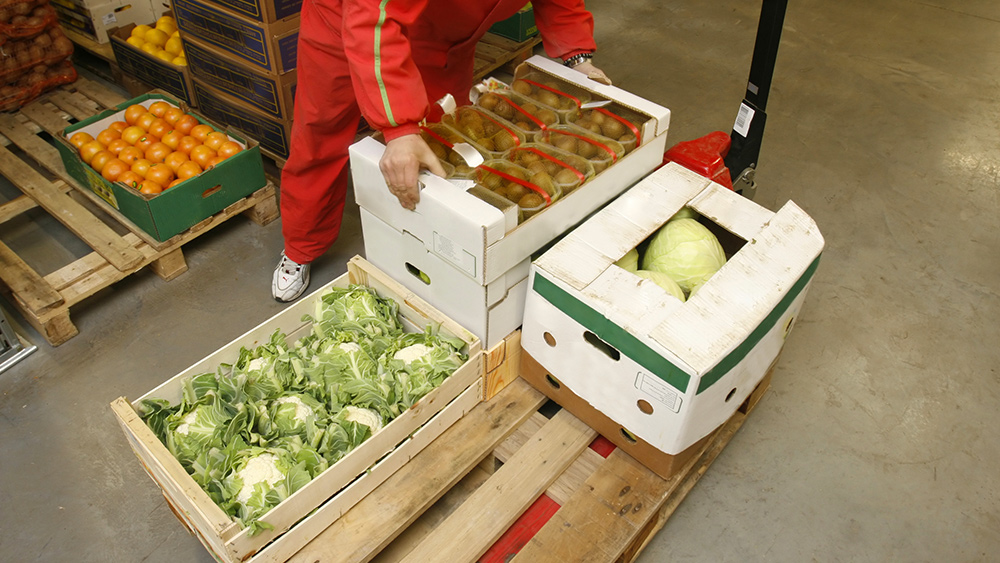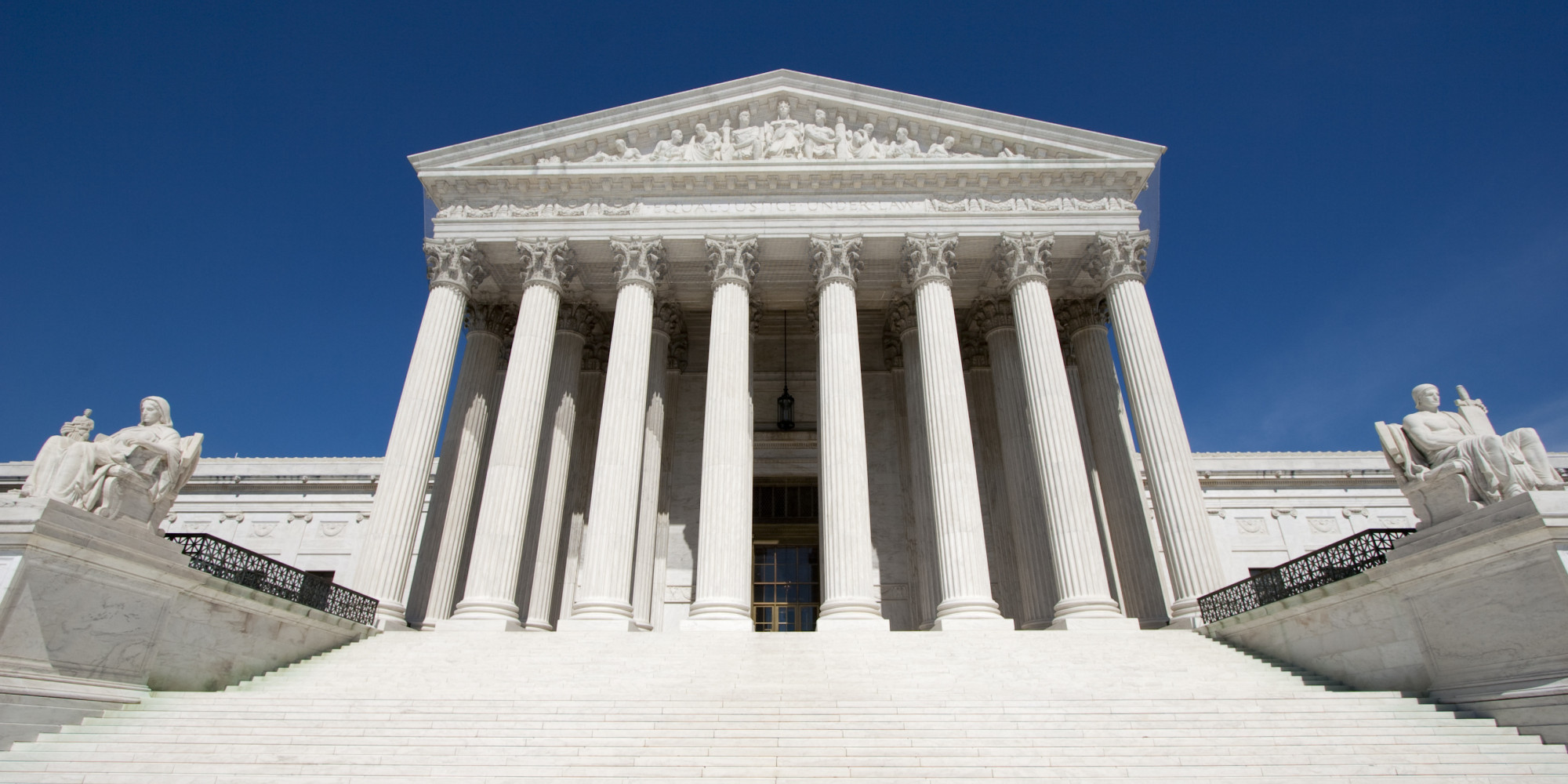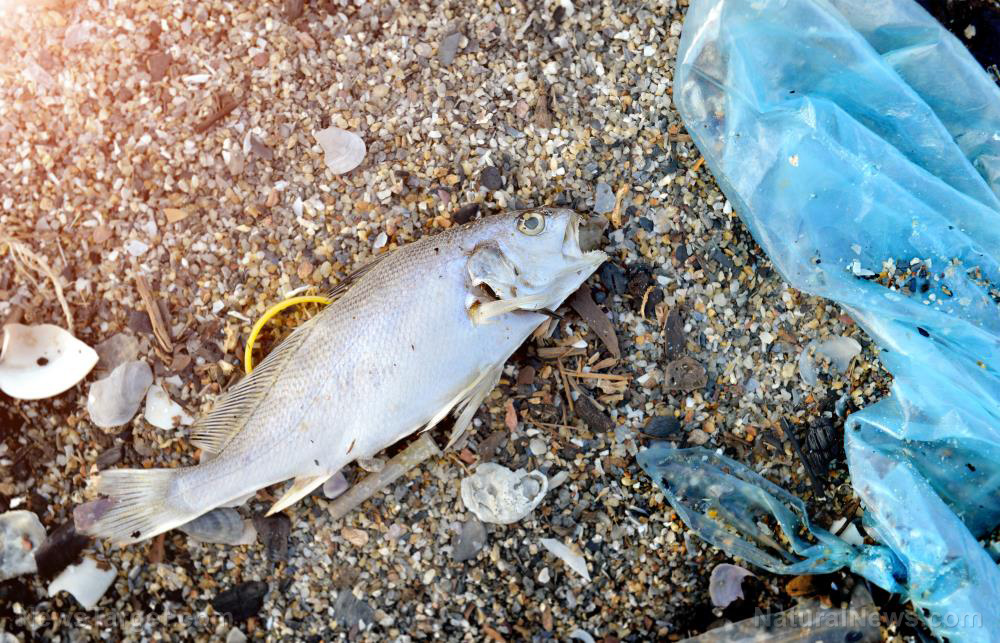
The pandemic, food insecurity and a struggling economy
Since the pandemic began, more families throughout Washington have been struggling to make ends meet because of the crippled economy. As the months go by, more families are starting to worry about food insecurity. Food banks in the state are also finding it difficult to meet the needs of people as their clients continue to increase in number.
Additionally, industry leaders are concerned since the pandemic never stopped but has grown steadily worse since the spring. According to a food bank CEO, by the end of 2020, there's a chance that one in five Washingtonians will need help putting food on the table.
Bradley Barksdale, who has an eight-year-old at home, is grateful for food banks. The Star rec center in South Tacoma has also been a godsend for a lot of families in Washington.
According to Barksdale, things seem bleak for a lot of people in South Tacoma.
Food banks are also struggling
Claire Bunker, the Grants & Communications Manager of Nourish Pierce County (Nourish), said that the food bank gives out thousands of boxes of meals. Bunker added that there have been a lot of new clients at Nourish for the last few days.
Bunker is worried because the numbers have skyrocketed. In May and June alone, Nourish served enough for a million meals, an alarming 50 percent increase from 2019.
Derek Sandison, director of the Washington State Department of Agriculture (WSDA), noted that the pandemic more or less turned our food security system on its head.” (Related: Cargo thefts up during second quarter of 2020, threatening supplies of food and fuel.)
On Sept. 10, food banks from all over Washington joined state officials to highlight the growing need for assistance for non-profits via a virtual press conference.
Katie Rains, food assistance specialist for the WSDA, explained that there's a glaring lack of improvements on the pandemic and economic recovery. She added that there might be an elevated need across the emergency food system for months, if not years, to come.
Washington's population is about 7.6 million. In the previous fiscal year, which ended June 2019, 1.12 million Washington residents sought food assistance and at least 2.2 million residents are currently food insecure.
Rains warned that the figure could double, with peak demand occurring between October and December this year.
When the pandemic was in its early stages, purchasing food was one of the biggest hurdles that food banks faced. To date, the problem has shifted as donation streams return.
Food banks are now also struggling to address problems with storage capacity and distribution, as well as not having enough staff to move and manage the additional food supplies.
Sandison said that hunger relief organizations often used a "food pantry" model that encourages customers to choose products off a shelf as they need. The model has since been replaced with a labor-intensive, pre-packed food box model, along with drive-through distribution.
Linda Nageotte, CEO of Food Lifeline, one of three primary non-governmental organizations providing supplies to Washington's food banks, said that customers now need items such as cooking oil, items to help those on no-salt or no-sugar diets, culturally-appropriate foods like masa flour and hygiene items (e.g., shampoo, toothpaste and toilet paper).
When planning for the upcoming months, Nageotte shared that Food Lifeline is considering how to best help food banks once the weather turns inclement. Nageotte added that the organization is also thinking of ways to continue to provide drive-through and low-contact distributions until the end of the year whether it's cold or raining.
Sandison is counting on Congress to provide additional funding to states that require help with food security and other recovery efforts. When asked what happens if the states in need don't receive additional funding, Sandison said there's nothing else to do but to find a way to make it work.
USDA's Farmers to Families food box program will need contractors to oversee a distribution plan as it begins its third phase, said Sandison.
In the earlier phases, the state didn't know for sure where the food boxes were going or if they were being received by agencies that could use them efficiently. Sandison even called the early stages of the Farmers to Families food box program “a little bit of a mixed bag.”
Even though the situation seems grim, Sandison believes that the supplies will be directed to where they need to go to supplement food assistance efforts during phase three of the Farmers to Families food box program.
Food banks need more volunteers
Rains said that in the following months, or even years, the emergency food system will need to ramp up its efforts to aid its increasing number of customers. This means food banks will need the help of volunteers more than ever.
Food banks are also noticing that the need is growing fastest on the streets. At Nourish, volunteers kindly remind hungry families everywhere that “there is no shame reaching out for a little help in a time of need.”
Barksdale takes the reminder to heart as he works hard to supplement his income. At the same time, he acknowledges that he needs to receive supplies from food banks to provide for his family during the pandemic.
According to state officials, at least two million people in Washington are being fed by food banks and other assistance programs each month. Fortunately, financial donations to the Washington Food Fund have reached $12 million.
Cares Act funding is running out and state and federal lawmakers need to do something to ensure that families most in need of food assistance don't starve during the pandemic, said Sandison.
Sources include:
Please contact us for more information.






















